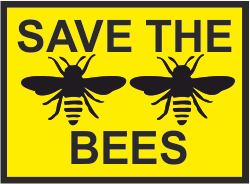V.Ryan © 2021
If we are serious about supporting the environment, one of the first ways of helping, is by reducing our use of materials and energy.
For example, many people use a car, to get to and from work, or for shopping. Switching to a bus or train would reduce the amount of fuel / energy required and the damage to the environment caused by each trip.
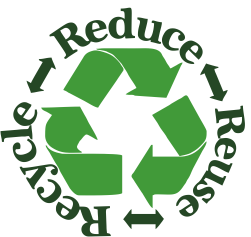
Buy clothes and fashions that can be repaired, or clothes that are second hand. This is growing in popularity, as people realise the true cost of new clothes. The manufacture of clothes / textiles, negatively impacts the environment, on a global scale. Therefore, we need to reduce our desire for new clothes / fashions
Large amounts of fresh water are required during the manufacture of textiles. It is estimated that 290 gallons of water are required for the production of one cotton T-shirt.
A wide range of polluting chemicals are used during textiles manufacture. The chemicals inevitably end up in rivers and eventually the sea, posing a serious danger to river and sea life.
Old clothes that end up in a landfill, slowly release their chemicals and dyes into the ground. This pollutes the local area and can even reach the water supply. Some clothing is burnt in incinerators, releasing toxic gases and CO2, into the atmosphere.
Clothes are often manufactured thousands of miles away from the place of purchase. This trend is increasing, as people demand / expect cheap clothing. The bulk transport of clothing from place of manufacture to place of purchase (your supermarket), adds to our carbon footprint.
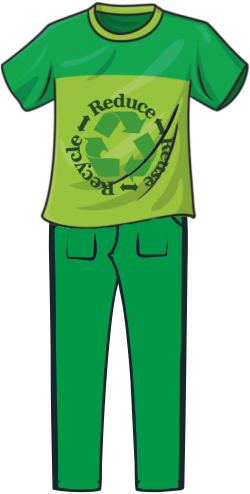
Get a bus or train to work and reduce the number of car journeys. Shared transport reduces our use of energy and our carbon footprint. Use a bicycle or walk, when it is possible to do so.
It is estimated that a quarter of the European greenhouse gas emissions, is due to transport. Ths indicates the scale of the environmental damage, caused by transport. There is an urgent need to reduce our use of transport, that requires fossil fuels, such as petrol and diesel. In recent years, the move to zero emission transport (electric vehicles and hydrogen powered vehicles), has been growing in momentum.

Reduce our use of energy at home. Only turn on the central heating when it is really required. This reduces our use of natural gas, lowering the amount of pollution we personally release into the atmosphere.
In the UK, fourteen percent of green house gases, originate from our gas central heating. In large cities, nitrogen dioxide emissions from central heating, is a concern. The Government are encouraging the switch from gas central heating, to low-carbon heating systems. In the meantime, we need to reduce the amount of gas we burn.
Switching to electrical heating systems, with the electricity being produced by renewable systems, is just one solution. Making our homes more energy efficient, through insulation, is another way of reducing our reliance on fossil fuels, such as natural gas.
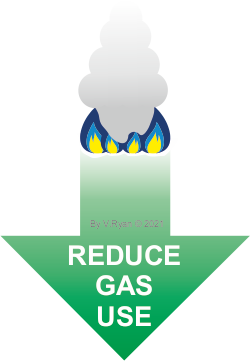
Plastic cutlery, straws and cups, are often disposed of carelessly, ending up in the environment, including the waterways and even oceans. This has been publicised in recent years, by TV programmes, highlighting the negative effects of plastic on sea life .Consequently, reducing or stopping the use of plastic utensils / containers, is popular amongst environmental campaigners.
Use steel cutlery and ceramic utensils, in stead of disposable cutlery.
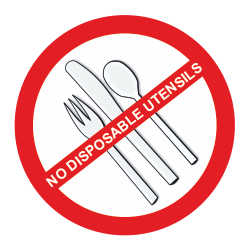
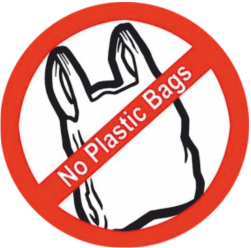
The decline of the bee population around the world, has been blamed on the use of some indiscriminate pesticides. The chemical intensive agricultural system, is blamed for the decline in bees and other insects. Bees are very important pollinators, for our plant based food.
The European Union banned the use of a group of pesticides called neonics (Neonicotinoids) in 2013, as evidence suggests they are a serious risk to the bee population.
